Articles > Geography
Whether you are naming borders in the World Country Borders quiz, or challenging yourself with the World Bordering Countries Population Challenge – 50 Countries or World Longest Borders By Country Challenge, here are the countries you should know best, as they have the most land borders.
China – 14 Borders
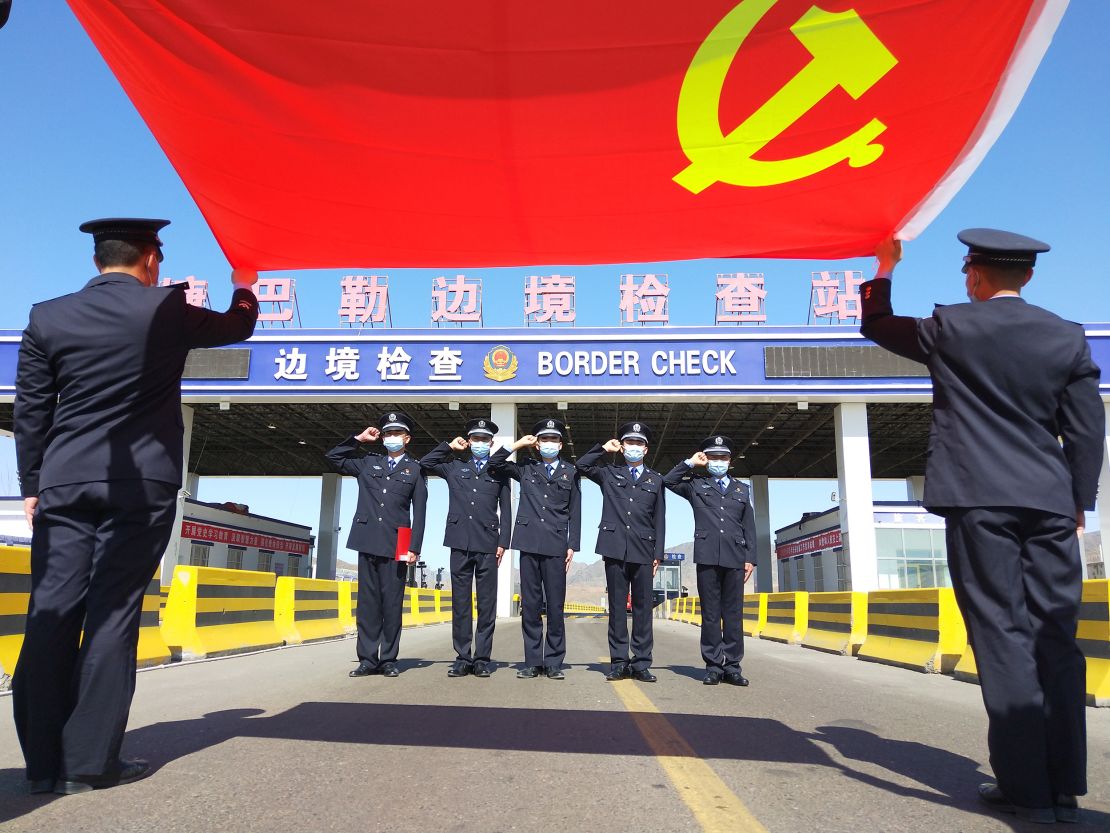
China shares land borders with 14 countries, making it one of the most geopolitically complex nations in the world. Its vast size and central position in Asia contribute to this extensive list of neighbors, which include Mongolia, Russia, North Korea, and several countries in Southeast and South Asia, such as Vietnam, India, and Pakistan. China’s varied geography ranges from deserts and mountains to dense forests, providing diverse types of borders. Historically, China’s borders have been shaped by a combination of ancient trade routes, including the Silk Road, and conflicts over territory. Today, China’s relationships with its neighbors influence everything from trade to security, and the country plays a key role in both regional and global diplomacy.
Russia – 14 Borders
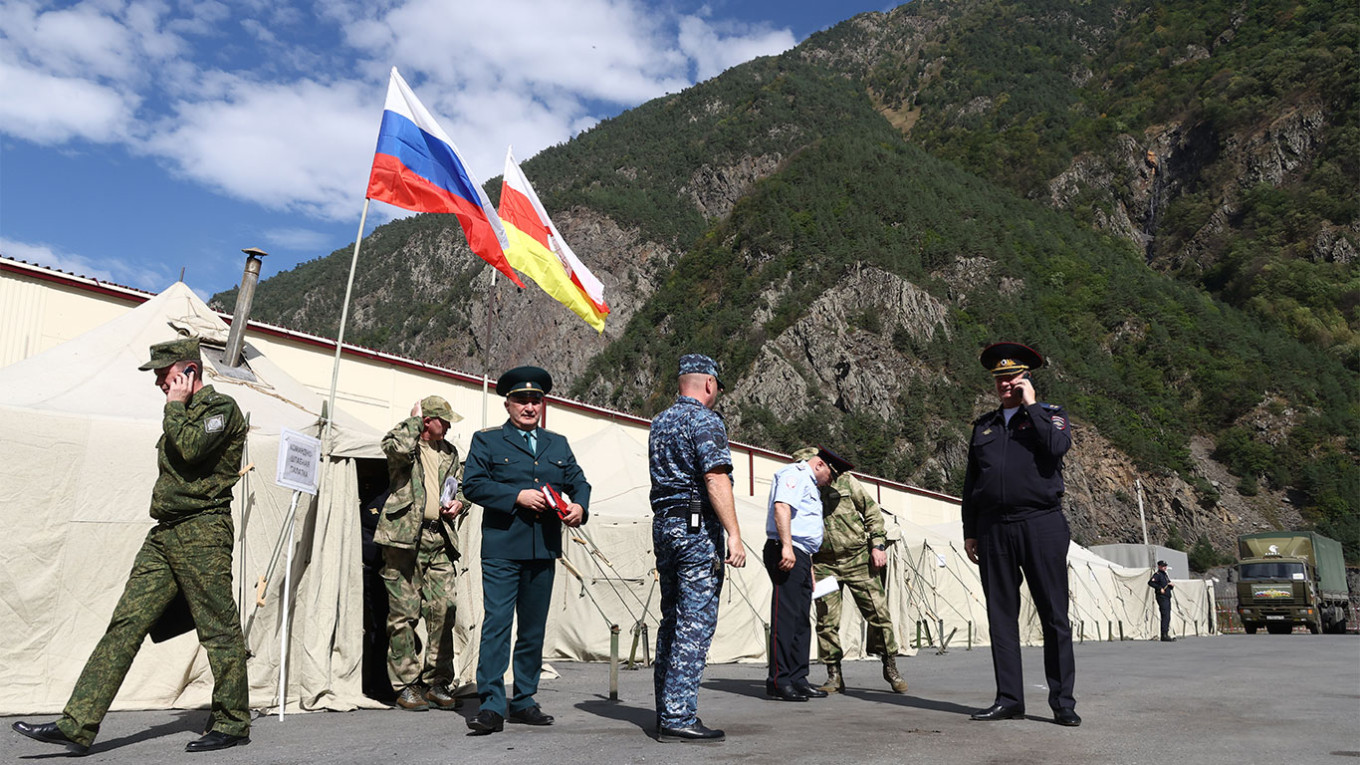
Russia, the largest country in the world, shares borders with 14 nations, stretching across both Europe and Asia. This extensive number of borders results from Russia’s vast size, which spans from Eastern Europe to the Pacific. Its neighbors include major powers like China and European countries such as Finland, Poland, and the Baltic States. Russia’s borders have shifted significantly throughout history, influenced by wars, treaties, and the dissolution of the Soviet Union. Today, Russia’s geopolitical importance is magnified by its proximity to Europe, Asia, and the Arctic, with implications for energy, military strategy, and international relations.
France – 11 Borders

France is unique in that it shares borders with 11 countries, both in Europe and abroad through its overseas territories. In Europe, France borders Belgium, Luxembourg, Germany, Switzerland, Italy, Monaco, Andorra, and Spain, making it a key player in European diplomacy and trade. Beyond Europe, France’s overseas departments, such as French Guiana in South America, add additional borders with Brazil and Suriname. France’s historical colonial expansion contributed to its far-reaching borders, but today, its position as a founding member of the European Union gives it a central role in shaping regional policies and cross-border collaboration.
Brazil – 10 Borders
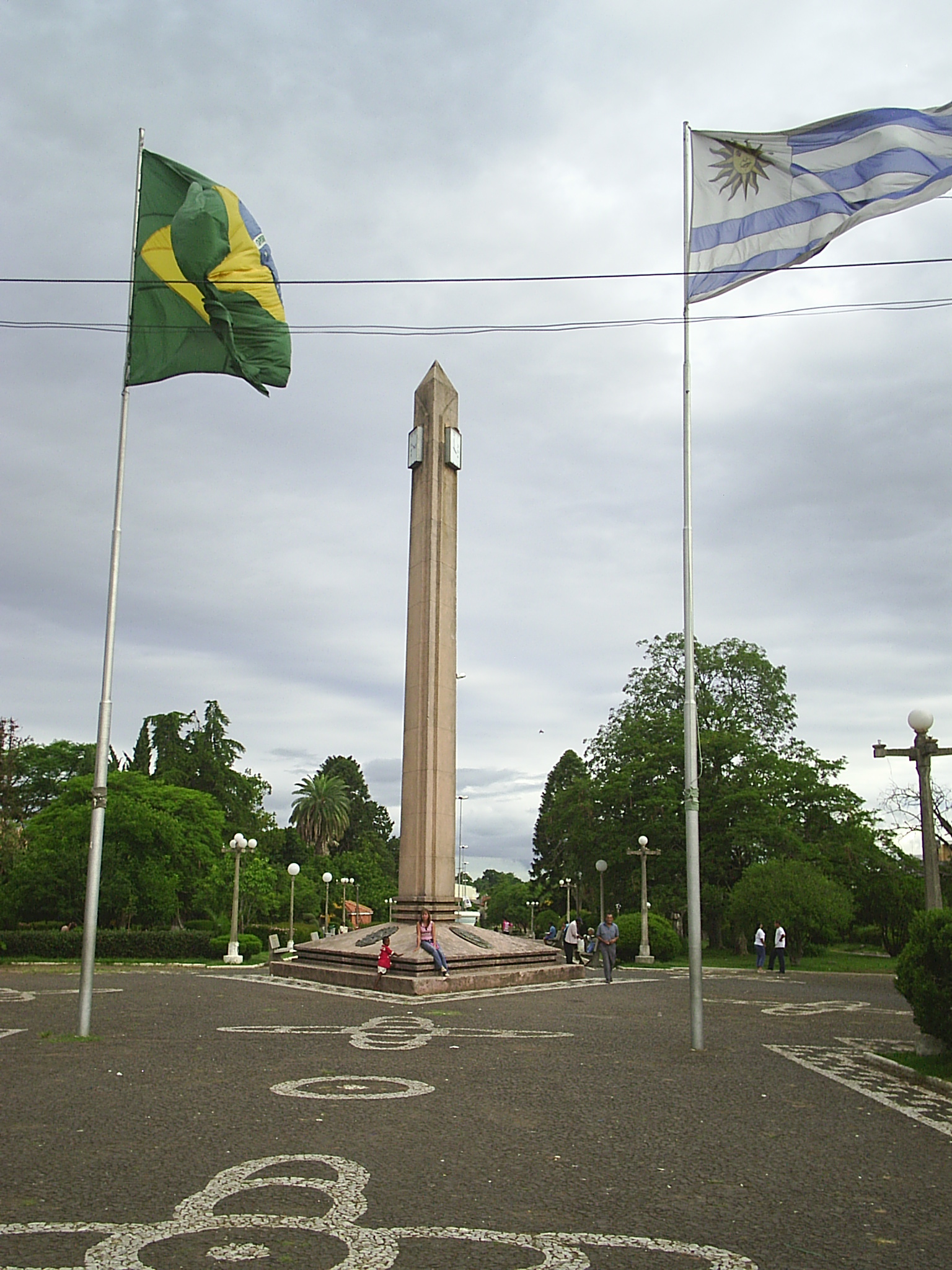
Brazil is the largest country in South America and shares land borders with 10 of the continent’s 12 nations. Its neighbors include Venezuela, Colombia, Peru, Argentina, and others, excluding only Chile and Ecuador. Brazil’s borders were largely defined by colonial agreements between the Portuguese and Spanish empires, which divided South America between them. The Amazon Rainforest forms a significant part of its northern and western borders, creating natural boundaries with several countries. Brazil’s vast size and central position in the continent make it a key economic and political power in South America, influencing regional trade and environmental policies.
Democratic Republic of the Congo (DRC) – 9 Borders

The Democratic Republic of the Congo (DRC) shares borders with nine countries in Central Africa, including Angola, Zambia, and Tanzania to the south, and Uganda, Rwanda, and the Republic of the Congo to the north. The DRC’s borders are a legacy of colonial rule, specifically the Berlin Conference of 1884, which divided Africa among European powers. The country’s vast size and natural resources, particularly in minerals, make it geopolitically significant in the region. However, its many borders also present challenges, as the DRC has been involved in conflicts with some of its neighbors, contributing to instability in the region.
Germany – 9 Borders

Germany shares borders with nine countries: Denmark to the north, Poland and the Czech Republic to the east, Austria and Switzerland to the south, and France, Luxembourg, Belgium, and the Netherlands to the west. As the largest economy in Europe, Germany plays a crucial role in European integration and cooperation. Its borders have shifted dramatically over the past century due to the impacts of both World Wars. Today, Germany’s central position in Europe makes it a key player in regional politics, trade, and infrastructure, especially within the European Union, where many of its borders are now open through the Schengen Agreement.
Austria – 8 Borders
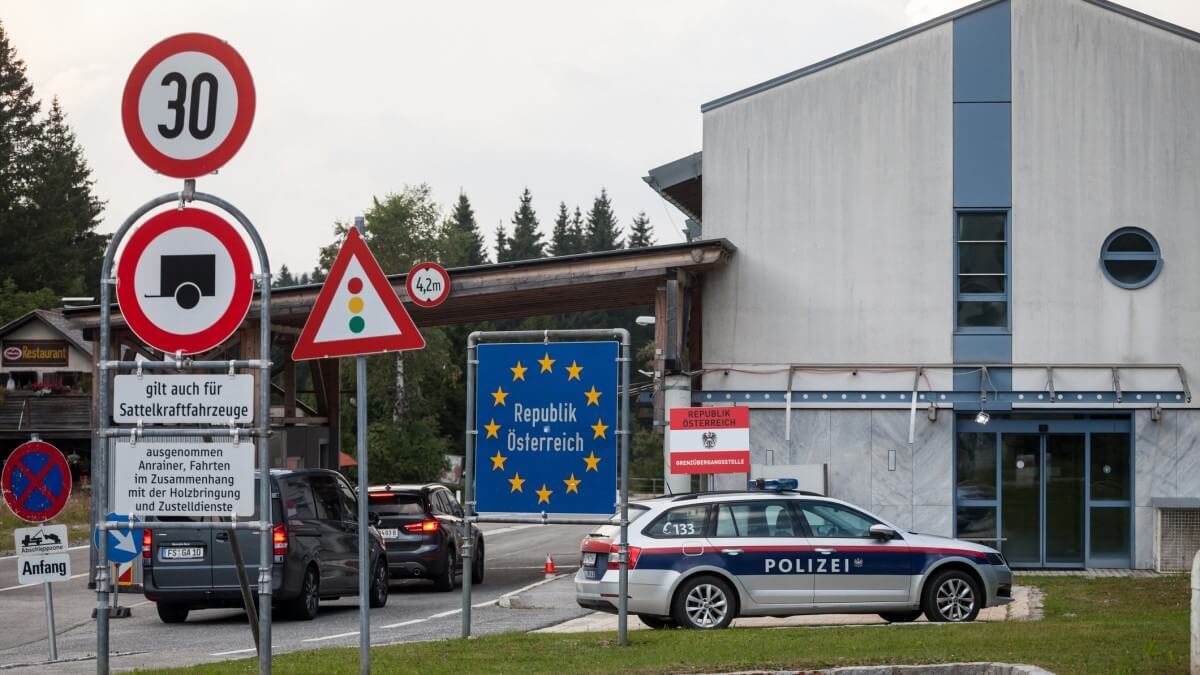
Austria is a landlocked country in Central Europe, bordered by eight countries: Germany, Czech Republic, Slovakia, Hungary, Slovenia, Italy, Switzerland, and Liechtenstein. Historically, Austria’s borders have been influenced by its role as part of the Austro-Hungarian Empire, which once controlled much of Central and Eastern Europe. Despite its small size today, Austria’s location places it at the crossroads of Western and Eastern Europe. Its political neutrality and close ties with neighboring countries allow it to serve as a diplomatic hub, often hosting international organizations and peace talks.
Saudi Arabia – 8 Borders
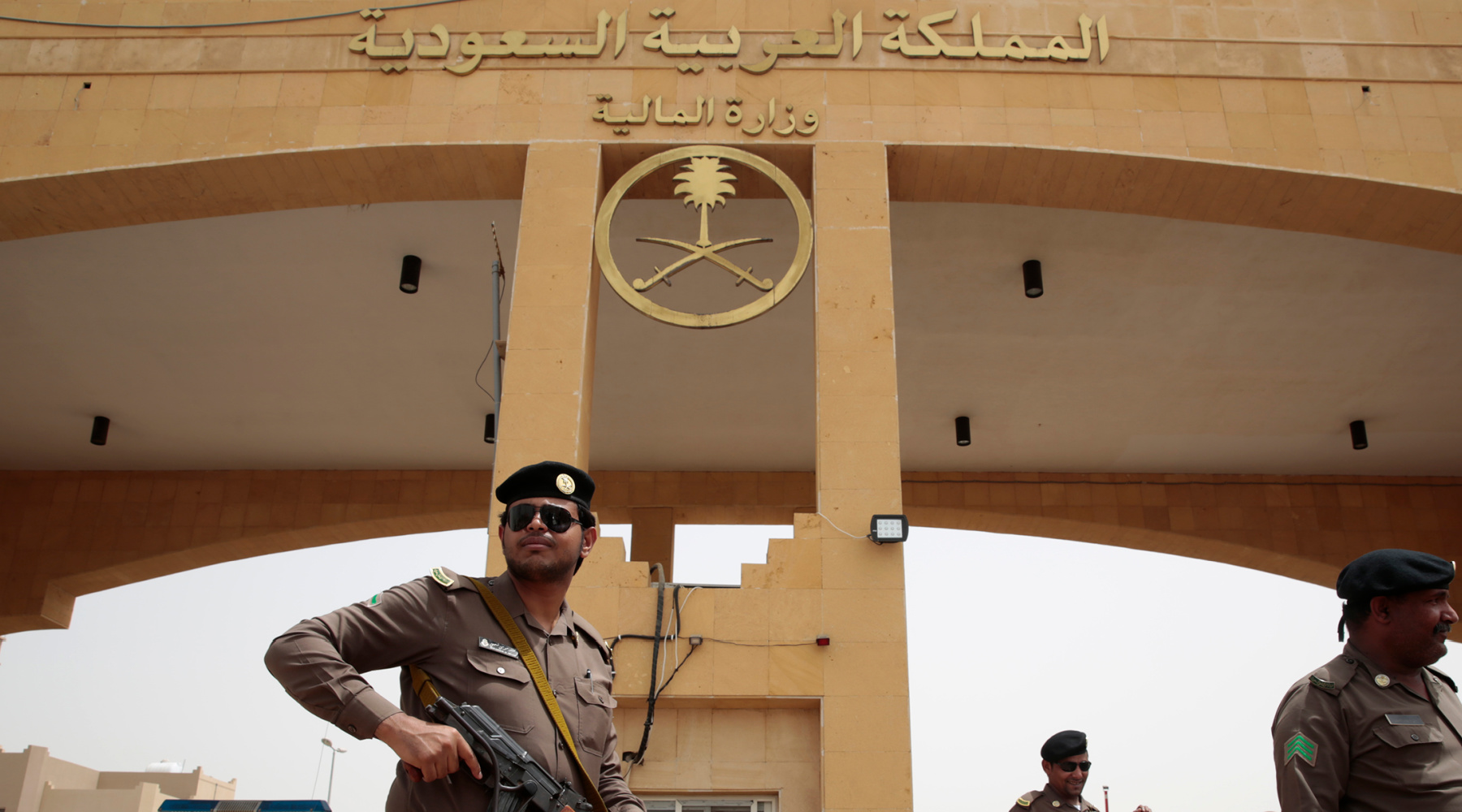
Saudi Arabia, the largest country on the Arabian Peninsula, shares land borders with eight countries: Jordan, Iraq, Kuwait, Bahrain (via causeway), Qatar, the United Arab Emirates, Oman, and Yemen. Its vast desert terrain forms natural boundaries with many of its neighbors. Saudi Arabia’s borders are largely shaped by its historical role as the birthplace of Islam and its tribal connections across the Arabian Peninsula. The discovery of oil in the early 20th century turned the kingdom into a global economic power, with its neighbors playing significant roles in the region’s energy and geopolitical landscape.
Serbia – 8 Borders
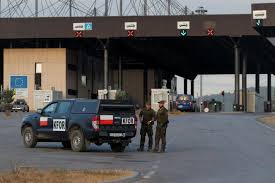
Serbia, located in the Balkans, shares borders with eight countries: Hungary, Romania, Bulgaria, North Macedonia, Albania (via Kosovo), Montenegro, Bosnia and Herzegovina, and Croatia. The borders of Serbia have changed significantly due to the dissolution of Yugoslavia in the 1990s, which led to the emergence of new nations in the region. Serbia’s location in the Balkans has made it historically significant in European conflicts, and its borders continue to influence its relationships with neighboring countries, particularly with Kosovo, whose independence Serbia does not recognize. Serbia’s position in the region is crucial for stability and economic development in the Balkans.
Tanzania – 8 Borders

Tanzania, located in East Africa, shares borders with eight countries: Kenya, Uganda, Rwanda, Burundi, the Democratic Republic of the Congo, Zambia, Malawi, and Mozambique. The country’s location along the Indian Ocean coast has made it a historically important hub for trade and migration. Tanzania’s borders, like many in Africa, were drawn during the colonial period, and they encompass a diverse range of cultures and ecosystems, from coastal areas to the inland Great Lakes region. Its natural beauty, including Mount Kilimanjaro and the Serengeti, also places it at the center of East African tourism and ecological conservation efforts.
Zambia – 8 Borders
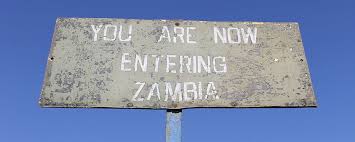
Zambia, a landlocked country in Southern Africa, shares borders with eight countries: Tanzania, Malawi, Mozambique, Zimbabwe, Botswana, Namibia, Angola, and the Democratic Republic of the Congo. Zambia’s central location in the region gives it strategic importance for trade routes, particularly in terms of connecting Southern and Eastern Africa. The Zambezi River, which forms a natural boundary with some of its neighbors, plays a key role in the region’s economy and environment. Zambia’s borders were largely defined by colonial powers, and today it serves as a vital link in regional initiatives for economic development and infrastructure.




